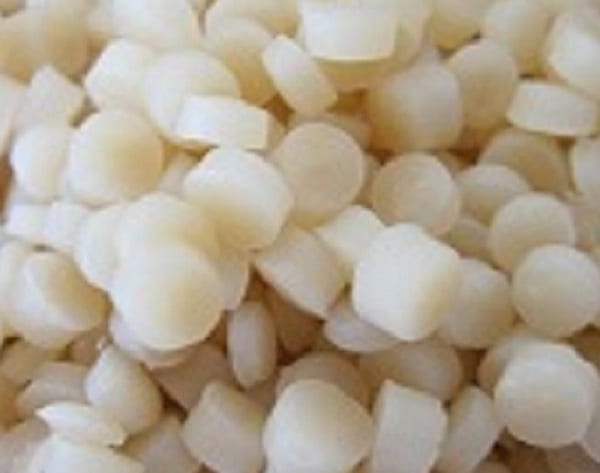R-PET Bottles – On Its Journey To Make Clothing That Leaves No Trace, The North Face Taps the BOTTLE Consortium To Scale Biodegradable Polyester Alternative 04-03-2024 - Arhive
- Thermoplastic – Most affordable PHA originating from the United States 26-02-2024
- New enzyme technology for environmentally friendly plastic recycling
R-PET Bottles
Europe, UK, Australia export record plastic waste to Asia
Europe, the UK, and Australia witnessed unprecedented levels of plastic waste exports to Asia in 2023, following the European Union’s decision to prohibit such exports to non-OECD nations. Data compiled by Plastic Waste Trade Watch reveals a 45% surge in Europe’s plastic waste exports to Asia from the previous year. The total European Union exports to non-OECD countries escalated to 750 million kg in 2023, marking a substantial increase from 517 million kg in 2022, representing the highest level since China enforced the National Sword policy in 2018. R-PET Bottles
The European Parliament’s recent vote in favor of banning plastic waste exports to non-OECD countries, anticipated to be enacted by 2027, underscores the urgency of addressing this issue. Despite an overall increase in exports to all destinations, Turkey remained the primary recipient of Europe’s plastic waste, although there was a slight decrease in exports. Among non-OECD countries, Malaysia and Vietnam saw significant rises in plastic waste imports from Europe.
Similarly, the United Kingdom experienced a notable increase in plastic waste exports to non-OECD countries, reaching 77 million kg in 2023, up from 47 million kg in 2022. Australia also saw a 13% surge in its plastic waste exports to non-OECD nations.
Meanwhile, Japan continued its trend of exporting significant quantities of plastic waste to other parts of Asia, particularly notable in November 2023. Conversely, the United States saw a slight decrease in plastic waste exports to non-OECD countries in 2023, indicating a potential shift in global waste management practices. R-PET Bottles

On Its Journey To Make Clothing That Leaves No Trace, The North Face Taps the BOTTLE Consortium To Scale Biodegradable Polyester Alternative
BOTTLE Researchers To Determine Whether Novel PHA Fibers Are Fit for Outdoor Apparel That Is Easy To Recycle and Limits Long-Term Microplastic Pollution
When worn, washed, and dried, clothing sheds—dispersing tiny fibers throughout homes, soils, and waterways that can take centuries to degrade.
These fibers, often made of polyester and often too small to see, are a major—if invisible—source of microplastic pollution. By some estimates, fibers from polyester clothing account for nearly half of all microplastics in the natural environment, exacerbating a growing environmental and public health hazard. R-PET Bottles
Preventing clothes from shedding may be impractical, if not impossible. But according to National Renewable Energy Laboratory (NREL) polymer scientist Katrina Knauer, a better solution is emerging that could address the challenge at its source: replace today’s petroleum-derived polyester with a nontoxic, biodegradable alternative made from PHAs, short for “polyhydroxyalkanoates.”
“PHAs have been found to be very compatible with tissues in the human body as therapeutics,” said Knauer, who is the chief technology officer of the U.S. Department of Energy’s Bio-Optimized Technologies to keep Thermoplastics out of Landfills and the Environment (BOTTLE) consortium. “PHAs can also break down naturally without a highly controlled, composting environment.”
Already, BOTTLE scientists—including a team from NREL and Colorado State University—have developed a portfolio of PHAs with different properties, including some that behave like conventional polyester but are biobased, biodegradable, and easier to recycle. R-PET Bottles
Now, in conjunction with The North Face, that team is bringing those sustainable materials into the outdoor apparel industry. Over the next 12 months, BOTTLE will scale the process to produce several pounds of PHA fiber, which The North Face will test and evaluate for use in its product lines.
BOTTLE Tailors PHAs for Textiles
Just a few years ago, research was inconclusive on whether making textiles from PHA was possible. Early production methods worked by extracting PHA from a bacterial synthesis, many of which naturally produce the polymer as they digest plant-derived products like glucose and fatty acids. However noteworthy at the time, that method made it difficult for scientists to control the resulting backbone and properties of the PHA. R-PET Bottles

R-PET Bottles


